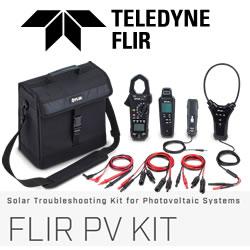Bloom privately reports $32 million Q3 loss.
GE Installs 20,000th Wind Turbine
Governors call for PTC extension
Experts: China Solar Giants Likely to Get State Bailouts
Europe Intensifies Chinese Solar Panel Investigation
SEIA Congratulates Obama on Re-Election, Praises Administration's Energy Policy
China Approves 1.4 Gigawatt 'Three Gorges' Wind Farm
All-carbon solar cell developed by scientists could lead to cheaper solar panels
World's biggest offshore wind farm powers up
Antireflection Coatings for Solar Photovoltaic Cell Efficiency
Hanwha Group Launches Hanwha Q.CELLS
SOLAR AND WIND PROVIDE 100% OF ALL NEW U.S. ELECTRICAL GENERATING CAPACITY ADDED IN SEPTEMBER
AWEA: Wind capacity surpasses 50 GW as developers race against PTC expiration
Germany's Siemens to give up solar energy business
Electricity generation from biomass continues to boom worldwide
Records 1726 to 1740 of 2279
First | Previous | Next | Last
Featured Product

